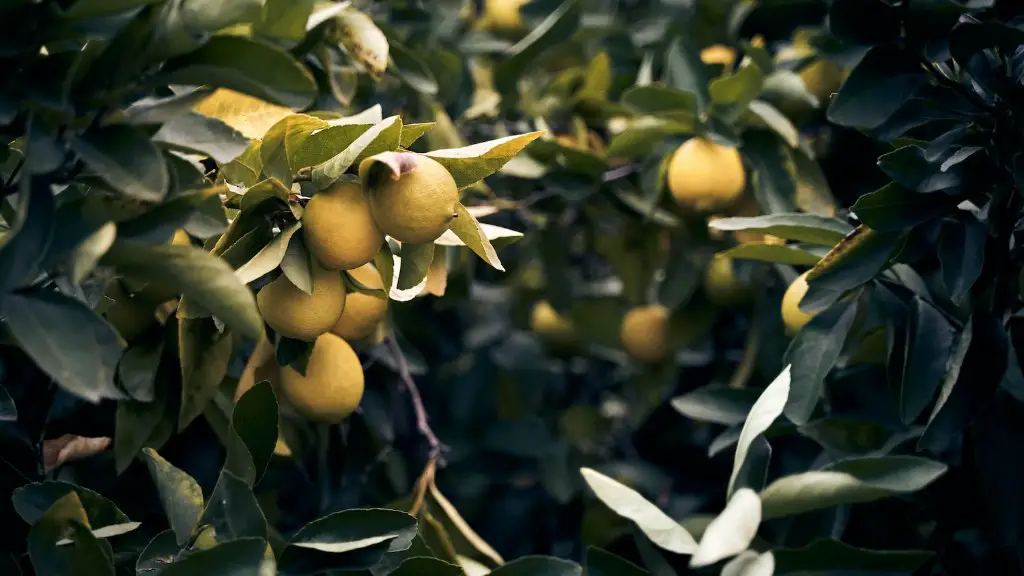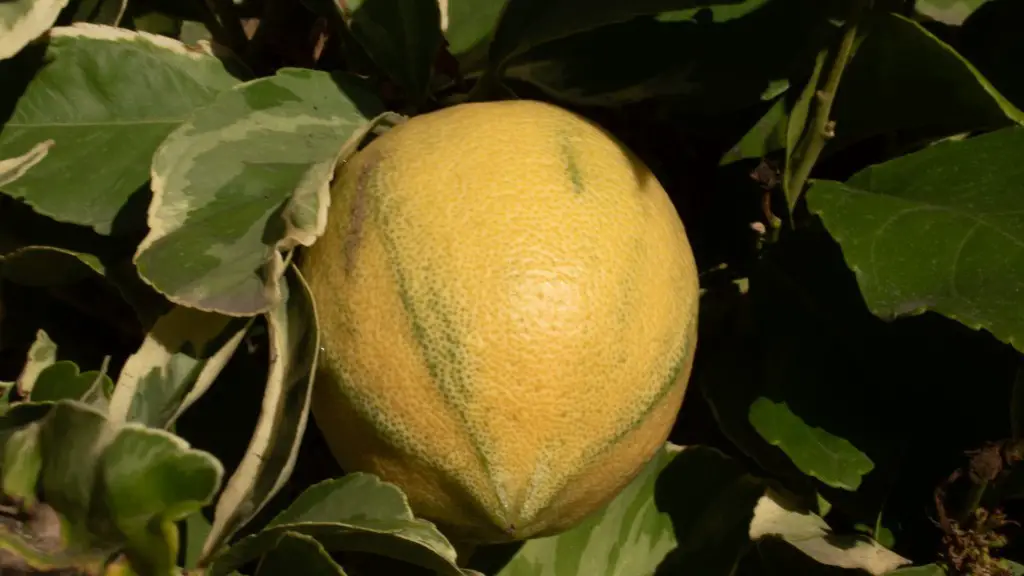Practical Uses of Palm Trees
Palm trees are an important source of sustenance for millions of people across the world, and the range of products we can get from them has been integral to human development throughout history.
The palm tree has been a fundamental part of the Mediterranean diet for centuries. Nowadays, the fruits, flowers, leaves and trunks of the palm are used in many different recipes and applications. For example, the dates we find in supermarkets are actually the dried fruit of the date palm tree, while the leaves of some species are woven into baskets, bags, carpets or boats.
Other products such as coconut oil, rattan and coconut milk are also derived from different species of palm trees. Coconut oil, for instance, is extracted from the pulp of the coconut of the cocoa palm. This oil is used in many industries, ranging from the cosmetics and pharmaceutical sector to the production of preserved food of animal origin.
The stems, or trunks, of the oil palm are also used in the construction of houses and buildings. The wood of this species is very hard, heavy and resistant, making it ideal for bearing the weight of a house. Other types of palm trees, such as the Washingtonia Robusta, can be grown in certain climates to provide shade and cool temperatures in open-air areas such as patios, although it is not very resistant in adverse climatic conditions.
Palm trees also serve as excellent sources of nectar for beekeeping. The coconut palm, for instance, produces an abundant and nutritious nectar, which makes it one of the favourite plants of beekeepers. This nectar is also used in the production of honey and other products with a high nutritional value.
Finally, one of the most typical uses of a palm tree, especially in tropical areas, is as an ornamental piece in the garden. Smaller species, such as the Kentia palm and the Dypsis lutescens, are perfect for decorating gardens and terraces, as well as to give a refreshing Mediterranean or tropical touch to any ambient.
Ecosystems Depend on Palm Trees
Palm trees play a major role in the development and well-being of the ecosystems in which they are found. The forests that dominate the Amazon rainforest are made up of many species of palm trees. Although it has been estimated that they only make up a small fraction of the total vegetation, they play an important role in providing food and structure to the other species that inhabit this tropical forest.
Most species of palm trees have edible fruits or flowers, which are of great importance for the population in humid areas and for animals such as small rodents, birds, primates and bats. Different species of palm trees provide essential foods, ranging from the popular coconut to dates grown from date palms and other more unusual species, like the peach-palm tree, which produces fruit similar to peaches.
Palms also play an important role in stabilising the soil. The roots of certain species, like the coconut palm, are very thick, resistant and deep and this helps in keeping the soil healthy, preventing erosion, thus being essential for the controll of flooding. Moreover, the characteristic leaves of these species act as a natural umbrella, creating a barrier against hail and extreme temperatures.
The importance of palm trees goes beyond the production of food, since they are also one of the key suppliers of oxygen. The dense, dark leaves absorb the sun’s rays, and with photosynthesis they help to release oxygen into the atmosphere, which is vital for the survival of all living beings.
In conclusion, it is clear that we get a great variety of things from palm trees: from practical uses such as food, construction materials and medicines, to the essential role they play in the maintenance and balance of ecosystems.
Environmental Impact of Palm Tree Cultivation
Despite its remarkable importance for humankind, the cultivation and use of palm trees has an undeniable impact on the environment and ecosystems. As with any other agricultural activity, the production of palm oil, for instance, generates vast amounts of atmospheric emissions and water pollution that can severely damage nature.
Measures such as energy efficiency, increased reuse and recycling, and the promotion of more environment-friendly practices in places where palm trees are grown, are necessary in order to minimise the environmental cost of its production. Palm oil plantations, for example, should be subject to rigorous environmental monitoring and control, not only to reduce their environmental impact, but also to protect the animal life and native communities affected by the activities of its cultivation.
At the same time, the development of palm-based products such as biofuels, soaps and detergents, has raised concern among environmental groups. It is well known, for instance, that the production of biofuels increases air pollution by releasing a greater amount of greenhouse gases into the atmosphere. In addition, the large-scale production of these fuels has led to the destruction of forests and ecosystems rich in biodiversity.
Ultimately, the over-exploitation of palm trees for commercial and industrial purposes, has had a substantial impact on the global environment. In order to preserve this important source of sustenance for millions of people throughout the world, responsible and sustainable management of its production and use must be at the forefront of our agenda.
Economic Significance of Palm Trees
Palm trees also play an important role in the economy of many countries. In developing countries, the exploitation and sale of palm products creates lucrative opportunities for the local population, while opening up international markets.
In Indonesia and Malaysia, for instance, oil is the country’s main export. This translates into considerable economic benefits for small and large businesses, but also into a greater concentration of wealth, since the market is mainly dominated by big firms. The small-scale production of palm oil and other products, however, provides alternative sources of income, especially in rural areas where such exploitation represents one of the few sources of sustenance.
The global production of palm oil for food industries and other applications had an estimated worth of nearly 61 billion US dollars in the year 2019. Moreover, this figure is expected to increase, even with the more recently imposed tariffs in certain countries, such as in the EU.
Not surprisingly, the economic benefits of palm tree cultivation and exploitation has caused a conflict between governments, countries and multinationals as to where and how to produce and to use this commodity. This is due to the fact that palm oil production is largely based on the labour of local populations, and therefore involves complex sociopolitical and legal questions.
All this puts palm tree cultivation in a difficult position and consequently, the industry faces a challenge of finding the right balance between financial profit, environmental protection and the rights of local communities worldwide.
Genetic Variation Among Palm Trees
One of the remarkable features of palm trees is their incredible genetic variability, which is extraordinary even when compared to other plants. This means that, although all species of palm trees share certain physical characteristics and features, each species has its own particularities, regarding size and shape, among others.
This is why even though most species have leaves in a fan-shape or shaped like a feather, some have leaves in a spiral pattern, while some others have fluffy-like leaves. Moreover, apart from the ends of the leaves, some species also display a yellowish colouring.
The genetic variability, in addition to the geographic location of a species, dictates the number of leaflets per leaf, the kind of fruit or seed it produces, and the different kinds of flowers that it bears. Scientists believe that this variation is a result of adaptations made over millions of years in response to changing environmental conditions and other factors.
Indeed, this features enables palm trees to outcompete other species and become one of the predominant plants in tropical regions. Furthermore, it has also proved fundamental for its economic exploitation, as the genetic variability has facilitated the development of new products and applications.
Conclusion
To conclude, it is clear that the palm tree is an essential source of sustenance and economic development for many people around the world. From the practical uses of its fruits, leaves and stems, to its crucial role in the maintenance and balance of ecosystems, the palm tree is an example of how a single species can have a remarkable impact in different aspects of life.
In addition, palm tree cultivation and exploitation have also had an impact on the environment and the economy of many countries. With this in mind, it is essential to ensure that this activity is carried out in a responsible and sustainable manner, in order to prevent its overexploitation and the destruction of ecosystems where it is found.




